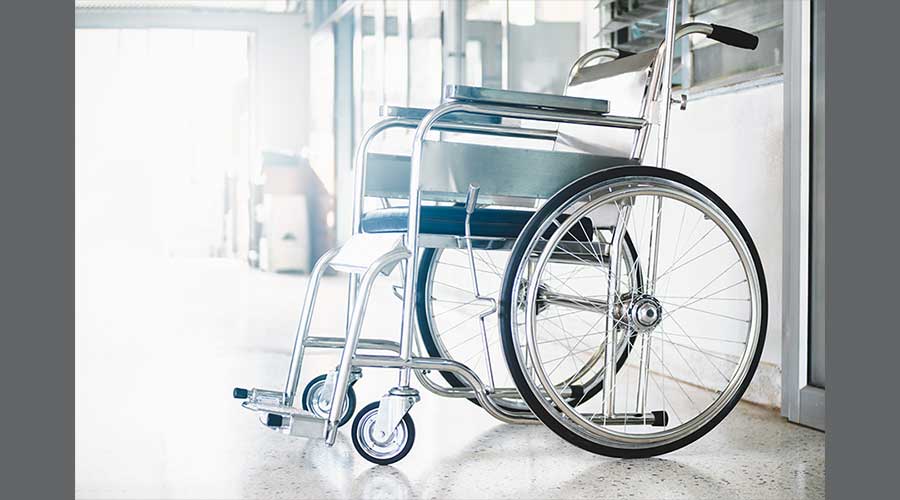Nursing homes transfer roughly 25 percent of their residents to the hospital at least once, at a cost of $14.3 billion to Medicare, according to a federal report by the Office of Inspector General.
A new study by the University of Missouri discovered the number of repeat transfers are much higher for Black nursing home residents and those under age 65.
In one of the few studies to analyze the demographics of nursing home residents who get repeatedly transferred to the hospital, Amy Vogelsmeier, an associate professor in the university’s Sinclair School of Nursing, found that Black nursing home residents, those under age 65 and those with full-code status were significantly more likely to be transferred to the hospital, at least four times or more in a given year.
Vogelsmeier and colleagues analyzed a subset of data from the Missouri Quality Initiative, an eight-year program funded by the Centers for Medicare and Medicaid that implemented advanced practice registered nurses (APRNs) full time into 16 Midwest nursing homes with higher hospitalization rates than the national average. Due to the project’s implementation of APRNs, illnesses were detected earlier before significant declines in patient condition, reducing avoidable hospitalizations.
Still, from 2017-2019 there were more than 1,400 residents who were transferred to the hospital at least once annually, 113 residents were transferred at least four times or more in a year, and 17 residents were transferred at least eight or more times during the three years.
Previous research has shown that Black nursing home residents who get transferred to the hospital tend to have more chronic conditions, poorer health outcomes and live in nursing homes of poorer quality, possibly due to financial constraints.
APRNs play a critical role in coaching and mentoring nursing home staff, yet they were not always sought out or consulted within the decision-making process for residents in the study who were repeatedly transferred.

 Building Sustainable Healthcare for an Aging Population
Building Sustainable Healthcare for an Aging Population Froedtert ThedaCare Announces Opening of ThedaCare Medical Center-Oshkosh
Froedtert ThedaCare Announces Opening of ThedaCare Medical Center-Oshkosh Touchmark Acquires The Hacienda at Georgetown Senior Living Facility
Touchmark Acquires The Hacienda at Georgetown Senior Living Facility Contaminants Under Foot: A Closer Look at Patient Room Floors
Contaminants Under Foot: A Closer Look at Patient Room Floors Power Outages Largely Driven by Extreme Weather Events
Power Outages Largely Driven by Extreme Weather Events